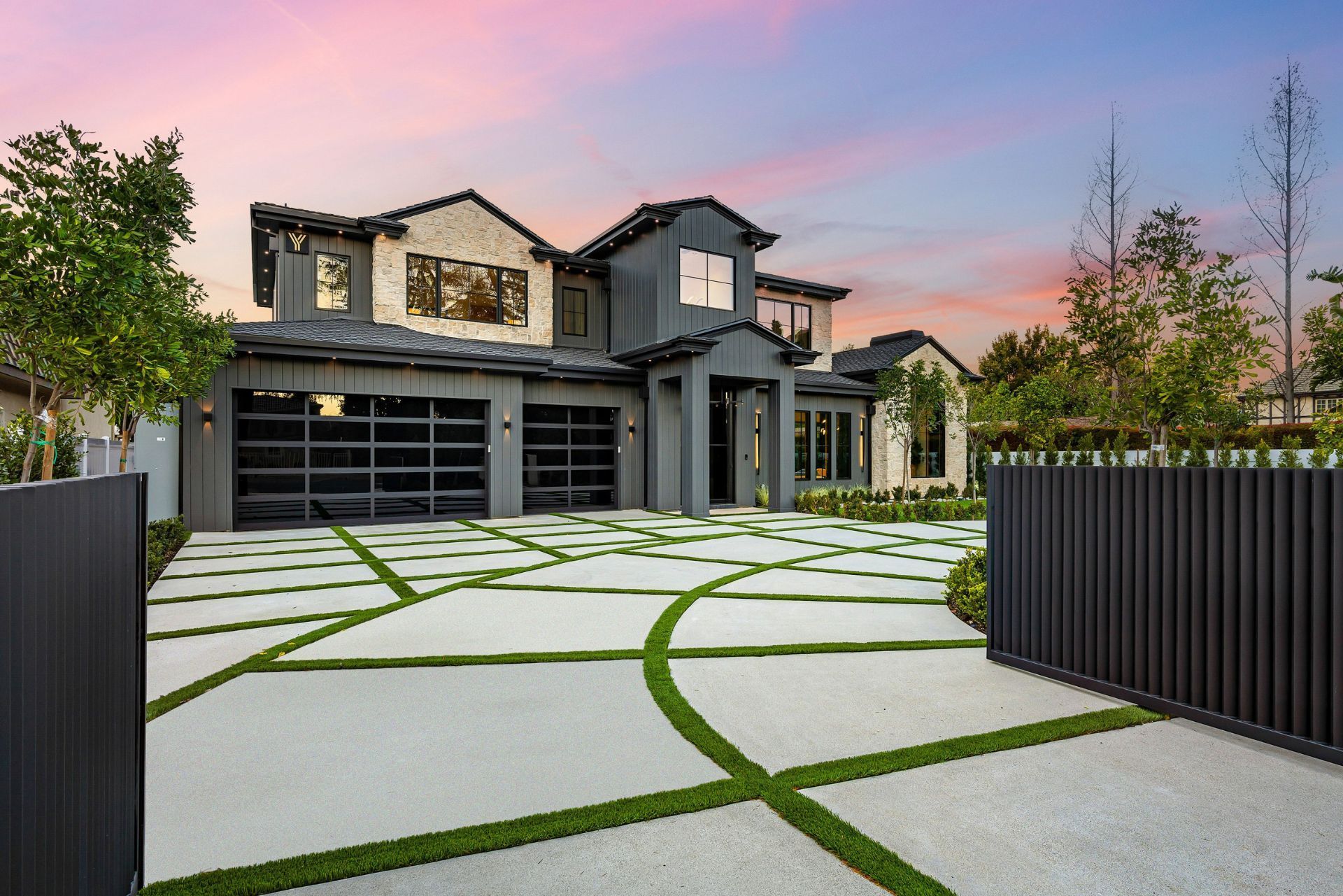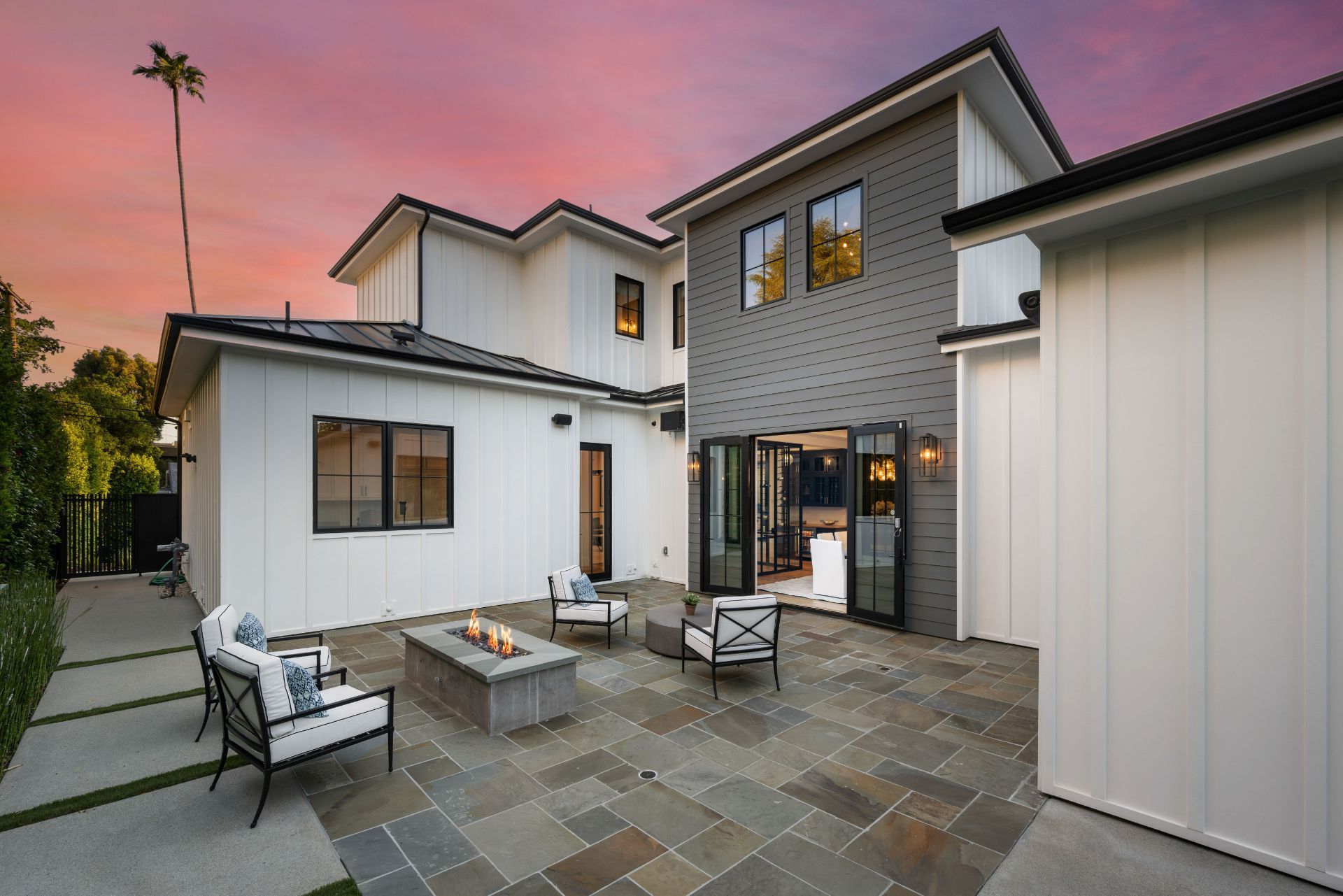Common Personal Insurance Policies
By: Matt Larsen
Owner of Capstone Insurance Group & Umbrella Insurance Advisor
763-242-1668
Index
Contact Us
When it comes to protecting your investment in a custom home, understanding the nuances of home insurance is crucial. Minnesota, with its unique climate and diverse landscapes, presents specific challenges and considerations for homeowners. This article will delve into the essential aspects of custom home insurance in Minnesota, providing you with the knowledge you need to make informed decisions.
Understanding Custom Home Insurance
Custom home insurance is designed to cover the unique features and construction of custom-built homes. Unlike standard homeowners insurance, which typically caters to more conventional properties, custom home insurance takes into account the specific risks and values associated with bespoke designs. This specialized insurance is crucial for homeowners who have invested in properties that reflect their personal tastes and lifestyles, ensuring that their unique investments are adequately protected.
What Sets Custom Home Insurance Apart?
One of the primary distinctions of custom home insurance is its tailored coverage. Custom homes often include high-end materials, specialized construction techniques, and unique architectural features, all of which can significantly influence the cost of rebuilding or repairing the property in the event of damage or loss. For instance, a home with intricate stonework or custom woodwork may require artisans for repairs, which can be far more expensive than standard construction costs.
Additionally, custom home insurance policies often provide coverage for specialized items such as custom cabinetry, unique landscaping, and high-value art or collectibles. These elements require careful consideration when determining the right level of coverage. Homeowners may also want to include coverage for outdoor features like swimming pools, outdoor kitchens, or elaborate gardens, as these can also add to the overall value of the home and may not be covered under a standard policy.
Key Coverage Options
When selecting a custom home insurance policy, it's essential to understand the various coverage options available. Here are some key components to consider:
- Dwelling Coverage: This protects the structure of your home, including walls, roof, and foundation, against risks like fire, theft, and certain natural disasters.
- Personal Property Coverage: This covers your belongings, such as furniture, electronics, and clothing, in case of theft or damage.
- Liability Coverage: This provides protection if someone is injured on your property or if you cause damage to someone else's property.
- Additional Living Expenses: If your home becomes uninhabitable due to a covered loss, this coverage helps pay for temporary housing and related expenses.
Moreover, many custom home insurance policies offer endorsements or riders that can enhance your coverage. For example, you might consider adding a rider for valuable personal property, which can provide extra protection for items like jewelry, antiques, or collectibles that may exceed the limits of standard personal property coverage. Additionally, some policies can be customized to include coverage for home-based businesses, which is particularly relevant for homeowners who operate a business from their custom-built space.
It's also important to regularly review and update your custom home insurance policy to reflect any changes in your property or personal circumstances. Renovations, new purchases, or changes in the value of your home can all impact your insurance needs. Engaging with an insurance agent who specializes in custom home insurance can help ensure that your coverage remains adequate and tailored to your evolving requirements.

Factors Influencing Custom Home Insurance Rates in Minnesota
Several factors can affect the cost of custom home insurance in Minnesota. Understanding these factors can help homeowners anticipate their insurance needs and budget accordingly.
Location and Environment
The geographical location of your custom home plays a significant role in determining insurance rates. Minnesota experiences a range of weather conditions, including severe winters, thunderstorms, and occasional tornadoes. Homes in areas prone to flooding or wildfires may face higher premiums due to increased risk.
Moreover, urban areas may have different rates compared to rural locations. Proximity to fire departments, hospitals, and police stations can also influence insurance costs, as these factors can affect response times in emergencies. For instance, a home located within a few miles of a fully staffed fire station may benefit from lower premiums due to the reduced risk of fire damage. Conversely, properties situated in remote areas might face higher rates due to the longer response times in case of emergencies.
Home Features and Construction Quality
The unique features of a custom home, such as high-end materials and specialized construction techniques, can impact insurance rates. Homes built with fire-resistant materials or equipped with advanced security systems may qualify for discounts, while homes with more complex designs may require higher coverage limits.
Additionally, the age of the home and its overall condition are taken into account. Older homes may require more maintenance and repairs, leading to higher insurance costs. Furthermore, the presence of modern amenities, such as smart home technology, can also play a role in insurance assessments. Features like automated smoke detectors, security cameras, and smart thermostats not only enhance safety but can also lead to potential reductions in premiums. Insurers often view these upgrades as proactive measures that mitigate risks, thereby influencing the overall cost of coverage.
Common Exclusions in Custom Home Insurance Policies
While custom home insurance provides extensive coverage, it's essential to be aware of common exclusions that may apply. Understanding these limitations can help homeowners avoid surprises when filing a claim.
Natural Disasters
Many standard home insurance policies, including custom home insurance, may exclude certain natural disasters such as floods and earthquakes. In Minnesota, where flooding can occur, homeowners may need to purchase separate flood insurance to ensure complete protection.
Similarly, while some policies may cover wind damage, others may have specific limitations regarding storm-related claims. It's crucial to read the policy carefully and consider additional coverage if necessary. For instance, homeowners in coastal areas may face higher risks of hurricanes and should investigate specialized policies that cover windstorm damage. Additionally, understanding the geographic risks associated with your location can inform your decision on what extra coverage might be prudent.
Maintenance and Wear-and-Tear
Insurance policies typically do not cover damage resulting from lack of maintenance or normal wear-and-tear. Homeowners are responsible for regular upkeep, and failure to maintain the property can lead to denied claims.
For example, if a roof leaks due to age and lack of maintenance, the insurance company may not cover the resulting damage. Homeowners should stay proactive in maintaining their properties to avoid such situations. Regular inspections of critical components, such as plumbing, electrical systems, and roofing, can prevent small issues from escalating into significant problems. Keeping detailed records of maintenance and repairs can also be beneficial, as it demonstrates responsible ownership and may aid in the claims process if a dispute arises regarding coverage.

Choosing the Right Insurance Provider
Selecting the right insurance provider is a critical step in securing adequate coverage for a custom home. With numerous options available, homeowners should consider several factors before making a decision.
Reputation and Financial Stability
Researching the reputation and financial stability of an insurance company is essential. Homeowners should look for providers with a strong track record of customer service and timely claims processing. Online reviews, ratings from independent agencies, and recommendations from friends or family can offer valuable insights.
Additionally, checking the financial stability of an insurance company through ratings from agencies like A.M. Best or Standard & Poor's can provide assurance that the provider will be able to meet its obligations in the event of a claim. A company with a solid financial foundation is less likely to face bankruptcy or insolvency, which could leave policyholders in a precarious situation when they need support the most. Furthermore, it’s wise to consider how long the company has been in business; longevity often indicates reliability and a commitment to serving customers over time.
Policy Customization Options
Not all insurance providers offer the same level of customization for policies. Homeowners should seek companies that allow for flexibility in coverage options, enabling them to tailor their policies to fit their specific needs.
Discussing potential endorsements or riders that can enhance coverage, such as equipment breakdown or identity theft protection, can also be beneficial. A provider that offers these options may be better suited to meet the unique needs of custom homeowners. Additionally, it’s important to inquire about the possibility of bundling policies for discounts; many insurers provide lower premiums when multiple types of coverage—like home and auto—are purchased together. This not only saves money but also simplifies the management of insurance needs, allowing homeowners to have a single point of contact for their various policies.
Moreover, understanding the claims process is crucial. Homeowners should ask about the ease of filing a claim and the typical timeline for resolution. A transparent and straightforward claims process can significantly reduce stress during difficult times. Some insurers even offer mobile apps or online portals that streamline the claims submission process, allowing homeowners to upload documentation and track the status of their claims in real-time. This level of accessibility can be a deciding factor for many when choosing an insurance provider.
Tips for Lowering Custom Home Insurance Costs
While custom home insurance can be costly, there are several strategies homeowners can employ to lower their premiums without sacrificing coverage.
Increase Your Deductible
One effective way to reduce insurance costs is by increasing the deductible. A higher deductible means that homeowners will pay more out-of-pocket in the event of a claim, but it can significantly lower monthly premiums. Homeowners should carefully consider their financial situation and ability to cover a higher deductible before making this decision. It's also advisable to review the average costs of potential repairs or damages to ensure that the chosen deductible aligns with what one can comfortably afford in an emergency.
Bundle Insurance Policies
Many insurance companies offer discounts for bundling multiple policies, such as home and auto insurance. Homeowners can save money by consolidating their insurance needs with one provider, often resulting in lower overall premiums.
Additionally, bundling can simplify the management of insurance policies, making it easier to keep track of coverage and payments. This streamlined approach not only saves money but also reduces the hassle of dealing with multiple insurers, which can lead to better customer service experiences and more cohesive coverage options. Homeowners should inquire about specific bundle discounts and ensure they are getting the best deal possible, as some providers may offer additional incentives for combining policies.
Improve Home Security
Enhancing the security features of a home can also lead to lower insurance premiums. Installing security systems, smoke detectors, and deadbolt locks can reduce the risk of theft and damage, prompting many insurers to offer discounts for these improvements. Homeowners may want to consider investing in smart home technology, such as surveillance cameras and alarm systems that can be monitored remotely, as these features not only provide peace of mind but also demonstrate to insurers a proactive approach to risk management.
Maintain a Good Credit Score
Another important factor that can influence insurance premiums is the homeowner's credit score. Many insurance companies use credit scores as part of their underwriting process, and a higher score often correlates with lower premiums. Homeowners should regularly check their credit reports for accuracy and take steps to improve their credit score, such as paying bills on time and reducing debt. By maintaining a good credit profile, homeowners can position themselves favorably when it comes time to renew their insurance policies, potentially unlocking better rates and coverage options.
Understanding Claims Process for Custom Home Insurance
Filing a claim can be a daunting process, especially for custom home insurance. Understanding the steps involved can help homeowners navigate this process more effectively.
Documenting Damage
When damage occurs, the first step is to document the situation thoroughly. Homeowners should take photos of the damage, make a list of affected items, and gather any relevant receipts or documentation. This information will be crucial when filing a claim and can help expedite the process.
It's also advisable to contact the insurance provider as soon as possible to report the incident. Prompt reporting can lead to quicker response times and resolution of the claim. Additionally, homeowners should consider keeping a detailed inventory of their possessions, including photographs and receipts, as this can simplify the claims process in the event of future incidents. Creating a digital backup of this inventory can also ensure that it remains accessible even if physical copies are lost or damaged.
Working with Adjusters
After filing a claim, an insurance adjuster will typically be assigned to assess the damage. Homeowners should be prepared to provide any necessary documentation and answer questions about the incident. Being cooperative and transparent can help facilitate a smoother claims process. It's important to remember that adjusters are trained professionals who aim to evaluate the situation impartially, but homeowners should also be prepared to advocate for themselves if they feel the assessment does not accurately reflect the extent of the damage.
Once the adjuster completes their assessment, they will provide a report to the insurance company, which will determine the payout based on the policy terms. Homeowners should review this report carefully and ask questions if anything is unclear. Furthermore, understanding the specific terms of the insurance policy can empower homeowners to challenge any discrepancies in the adjuster’s findings. Engaging a public adjuster, if necessary, can also be beneficial, as they can provide expertise and support in negotiating a fair settlement, ensuring that homeowners receive the compensation they deserve for their custom home.
Conclusion
Custom home insurance is an essential aspect of protecting your investment in a unique property. By understanding the intricacies of coverage options, factors influencing rates, and the claims process, homeowners can make informed decisions that safeguard their homes. As Minnesota's weather and environment present specific challenges, having the right insurance coverage is not just a choice—it's a necessity.
Ultimately, taking the time to research and select the right insurance provider, coupled with proactive maintenance and risk management strategies, can lead to peace of mind and financial security for custom homeowners in Minnesota.






